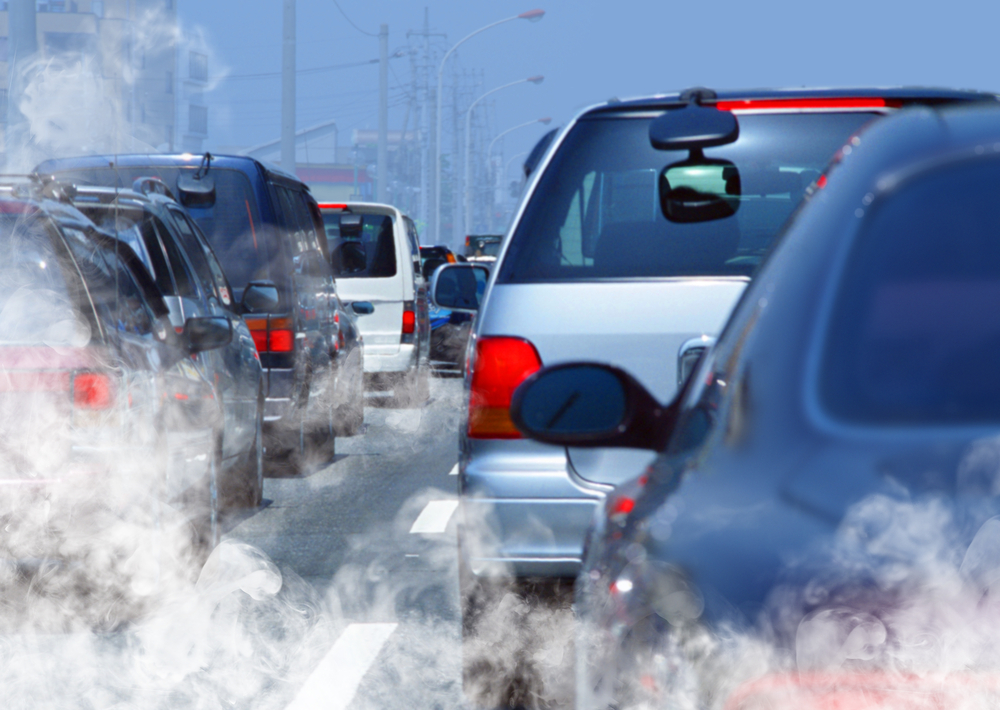Pandemics in general are not just a serious public health problem - they cause
Now the virus has spread to more than 200countries - the epidemic has affected the world's strongest economies, including the USA, Germany, China, Italy, South Korea, India, Switzerland, Sweden, Singapore, France, Australia, the United Kingdom, Finland, the Netherlands, Japan, Belgium, Russia and Germany.
With the advent of coronavirus in these countries, economic activity slowed significantly due to the introduction of quarantine, and the accompanying anthropogenic impact on the environment decreased.
Until 2020, an increase in greenhousegases, which occurred from the beginning of the industrialization era, led to an increase in average global temperatures on Earth, causing effects such as melting glaciers and rising sea levels. Human activities in various forms caused environmental degradation and launched the process of the sixth mass extinction.
Sixth mass extinction
In 2011, paleontologist Anthony Barnoski and hisColleagues at the University of California, Berkeley, published a paper describing the sixth mass extinction, a process in which three-quarters of species disappear over a geological period, which has been ongoing for the past 500 years. Scientists compared the average rate of species extinction from the 16th to the 21st centuries and compared it with the average rate of this process in other periods of history.
The cause of extinction was human activity -people destroy the habitat of animals and plants, which leads to a reduction in biodiversity. Probably, this process has a greater effect on plants. Unlike animals, they cannot move when their habitat is destroyed.
Even before the outbreak, researcherswarned that reduced economic activity would help reduce global warming as well as air and marine pollution. This will allow the environment to slowly recover.
How the pandemic helped the environment
An obvious positive consequence of the epidemicThere was an improvement in air quality - due to quarantine, there were fewer cars on city streets, and only enterprises that produced vital products and services continued to operate.
This led to the fact that at the beginning of 2020In China, carbon dioxide emissions into the atmosphere have decreased by a quarter compared to the same period last year. Coal use at the country's six largest power plants fell by 40% over the same period.
Combined Emissions from Industrialprocesses, production and construction account for 18.4% of global anthropogenic emissions. The financial crisis of 2008-2009 led to an overall emission reduction of 1.3%, in 2020 - this figure will be about 0.3%.

According to the Ministry of Ecology and the EnvironmentOn Wednesday, the number of days with "good quality air" in 337 cities in China increased by 11.4% compared with the same period last year. In Europe, satellite imagery shows that emissions of nitrogen dioxide (NO2), a harmful substance to humans, over Northern Italy have fallen to almost zero. A similar situation is observed in Spain and the UK.
Carbon dioxide reduction occursby reducing the number of cars on the streets, accounting for about 23% of total CO2 emissions. In addition, quarantine facilitated the transition of millions of people to remote work, which helped to reduce the number of trips by private cars and public transport.

Carbon dioxide that is released into the atmosphereresulting from aircraft flight, accounts for up to 11% of emissions. Given that air travel will be reduced by 15–45% in February-May 2020, the growth of aviation emissions will slow down significantly.
The negative impact of the epidemic on the environment
Despite the temporary reduction in globalcarbon emissions, the International Energy Agency has warned that economic turmoil caused by the coronavirus outbreak could hamper or delay companies' investments in green energy.
In addition, the largest climate eventyears, the 2020 UN Climate Change Conference, scheduled for November, may be delayed indefinitely due to the epidemic. This will lead to the fact that humanity’s struggle with anthropogenic climate changes will slow down significantly.
As a result of an unprecedented widethe use of disposable masks and gloves will cause serious environmental pollution with a large amount of plastic and other synthetic materials that are resistant to liquids and decompose very slowly.
At the same time, it is not recommended to wear medical masks for more than one day, and wet wipes made of similar material can not be used more than once.

This led to the fact that in the city of Wuhan in China,which was the epicenter of the epidemic in the country, about 200 tons of medical waste was formed in one day - several times more than before the epidemic and four times more than in a day the only waste recycling enterprise in the city can burn.
A study by environmental NGO Ocean Asia conducted on Hong Kong's Soko Island found that a large number of discarded masks washed up on a 100-metre beach.
Consequences of contamination with such medicalwaste have far-reaching consequences. When they are released into their natural habitat on land, animals mistakenly eat them as food. This can lead to serious health problems, including death.
What will happen next?
The UN notes that visible positiveimpacts, whether improving air quality or reducing greenhouse gas emissions, are temporary in nature because they are caused by economic downturn and human suffering.
Therefore a few months or years afterepidemic emissions are likely to return to a trend of rapid growth. The fact is that this is not the first time that the epidemic has left its mark on the levels of carbon dioxide in the atmosphere. Throughout history, the spread of disease has been associated with lower emissions - even long before the industrial era. And each time after its completion, emissions increased.
Scientists have discovered that epidemics such asThe "black death" in Europe in the fourteenth century, and epidemics of diseases such as smallpox, were brought to southern America with the arrival of the Spanish conquistadors in the sixteenth century. They left an insignificant trace in the amount of carbon dioxide emitted into the atmosphere. A study of petrified trees growing at that time showed that after the epidemics ended, emissions quickly recovered. With a high degree of probability this can be said about the consequences of the COVID-19 pandemic.